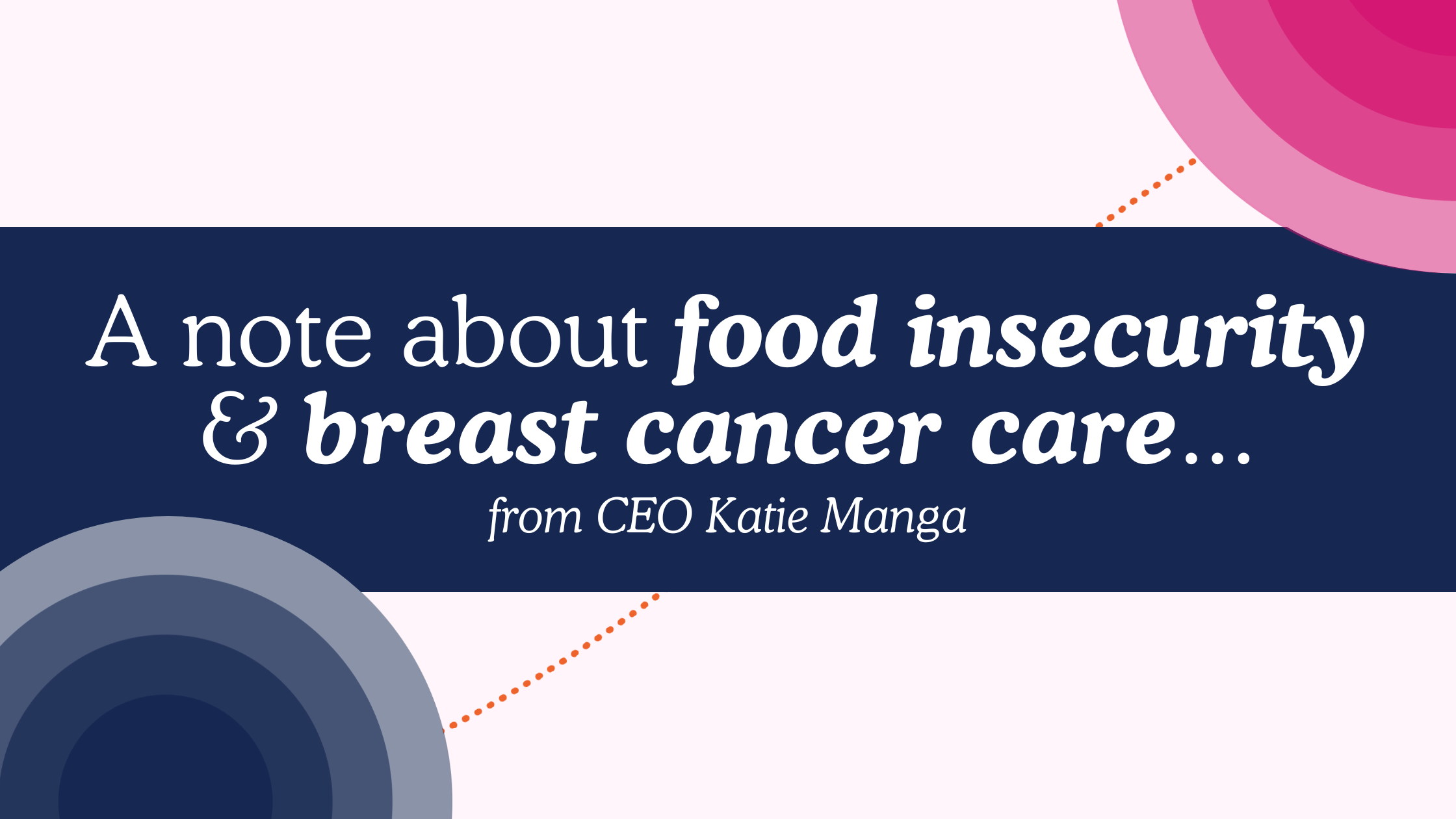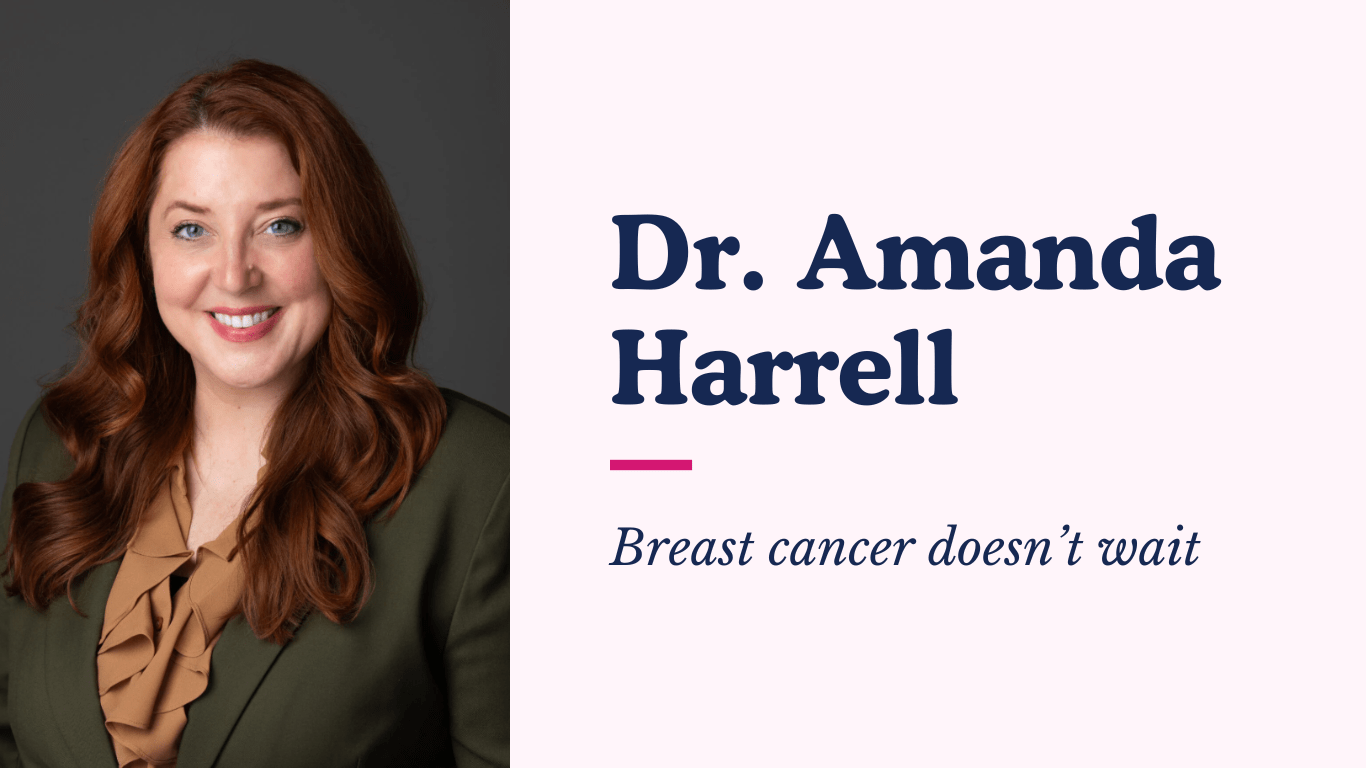Early detection is one of the most powerful tools in the fight against breast cancer. When breast cancer is identified in its earliest stages, patients have access to a wider range of treatment options, higher survival rates, and better overall outcomes. Gateway to Hope is dedicated to ensuring that early detection and preventative care are accessible to all, empowering individuals to take charge of their health.
At its earliest stages, cancer is often confined to the breast and has not spread to lymph nodes or other parts of the body. Early detection significantly increases the chances of successful treatment, with survival rates exceeding 90% for localized breast cancer.
Early Detection Methods
Early detection involves a combination of self-awareness, regular screenings, and medical evaluations. Key methods include:
- Self-Exams: Familiarizing yourself with how your breasts normally look and feel can help you notice unusual changes, such as lumps, dimpling, or nipple discharge.
- Clinical Breast Exams: Performed by a healthcare provider, these exams are recommended annually for women starting in their 20s and 30s.
- Mammograms: This imaging test is a cornerstone of early detection, capable of identifying tumors that are too small to be felt. Regular mammograms are typically recommended for women starting at age 40 or earlier for those with higher risk factors.
Barriers to Early Detection
Despite the proven benefits of early detection, many individuals face significant barriers, including:
- Financial Constraints: The cost of screenings and follow-up care can deter individuals from seeking timely medical evaluations.
- Lack of Awareness: Misconceptions about breast cancer risk and symptoms may prevent people from prioritizing early detection.
- Access Challenges: Those living in rural or underserved areas often face difficulties accessing screening facilities.
Gateway to Hope’s Role in Preventative Care
Gateway to Hope is committed to eliminating these barriers by providing essential resources and support for early detection and preventative care. Here’s how:
- Financial Assistance: Gateway to Hope helps cover the cost of mammograms, clinical breast exams, and follow-up tests for those who cannot afford them.
- Education and Awareness: The organization conducts outreach programs to educate individuals about the importance of early detection and how to access care.
- Patient Navigation Services: Gateway to Hope guides patients through the healthcare system, connecting them with providers and ensuring they complete recommended screenings.
- Community Partnerships: By collaborating with healthcare facilities and community organizations, Gateway to Hope expands access to preventative services.
How You Can Prioritize Early Detection
Taking charge of your breast health is a proactive step toward prevention and early intervention. Try to schedule regular mammograms and clinical exams as recommended by your healthcare provider and perform monthly self-exams to familiarize yourself with your breasts. It’s also important to know your family health history and discuss your risk factors with a doctor.
A Future Built on Prevention
Early detection saves lives, and organizations like Gateway to Hope play a critical role in making this life-saving care accessible to all. By breaking down barriers to screenings and promoting awareness, we can reduce the impact of breast cancer and improve outcomes for countless individuals.
Together, we can create a future where early detection and prevention are within everyone’s reach.




